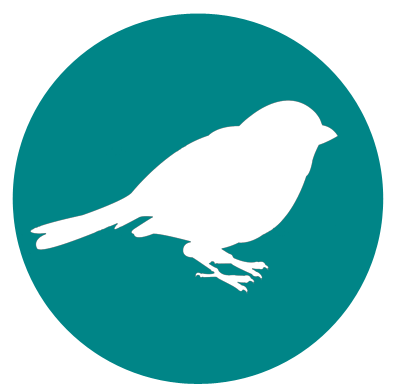Birding at Castalia Pond
Castalia, OhioVisiting this Site

Castalia Pond
Visiting Information
Closed hours/season
This city park is always open.
Parking Areas
Located on the north and south side of the pond.
Fees/Permits
None.
Restroom Facilities
In a near-by café.
Special Notes
Be watchful of young children who may be fascinated by the ducks and wander too close to the water’s edge.
Restaurants in the Area
There is a Café in Castalia; the nearest fast-food restaurant is a MacDonald’s at the intersection of SR 101 and SR 2 (three miles away). There are numerous options in Sandusky and Port Clinton (10 minutes east or west on SR 2).
Other Birding Spots in the Area
Castalia Pond is adjacent to Resthaven Wildlife Area, just to the north and on the west side of SR 269; the Castalia Fish Hatchery is just north of town, on the east side of SR 269; Pickerel Creek Wildlife Area is about 6 miles to the northwest. Willow Point Wildlife Area is 5 miles away.
General Information
Address
Downtown Castalia, Ohio.
County/Counties
Erie
DeLorme Page Number and Coordinates
(7th Edition and earlier) Page 38, A-B – 3
Nearest Town or City
About 8 miles SW of Sandusky, Ohio.
Directions from Nearest Town or City
Castalia is just 3 miles off SR 2 in Erie County. Traveling on SR 2, from the east, take the SR 101 exit and drive south 3 miles into Castalia. This brings you directly to the north side of the pond and also to one of the two parking areas.
From the west, on SR 2, take the SR 269 SOUTH exit (the first one available once across the Sandusky Bay bridge), and head south (a right onto 269). In 2 miles, take a right onto SR 6. In less than a mile turn left at the sign for Castalia. This brings you into town and from this stop light, a left turn will take you to the north side of the pond, or continue straight through the light and make the first left (at the bank). This will take you to a parking area on the south side of the pond.
About Castalia Pond
This pond of approximately 10 acres is a “blue hole”; a spring that stays open year-around attracting large concentrations of waterfowl after the freeze-up of the Sandusky Bay region, typically the 3rd week of December. Optimal time for visitation is 1 January through 10 February, although any visit after 1 November and through 10 March can be rewarding. Numbers have reached 17,000 birds (in the late 70’s) although in recent decades the high count has been 11,000, and more typically the concentration peaks at 7-8000 ducks and 1000 geese.
Birds of Interest by Season

Winter
Waterfowl diversity and numbers here are among the highest found in northern Ohio. Specialties include a consistent, over-wintering population of American Wigeon, Gadwall, and Northern Shoveler. There are four records of the Eurasian Wigeon here, including an over-wintering bird. The Blue-winged Teal has over-wintered here for one of a very few documented records. There are several records of Snow Goose and Greater White-fronted Goose, including a very rare mid-winter record. This is one of the few locations in northern Ohio to consistently have Ring-necked Duck and Northern Pintail over-winter. Occasional Pied-billed Grebe, American Coot, and Belted Kingfisher augment the usual waterfowl. Gulls are few but a Lesser Black-backed Gull visited in February 2004. Blackbirds visit the area feeders and the Brewer’s Blackbird has also been recorded. Bald Eagles are resident in the area and are frequently seen overhead on sunny days. The mid-winter roost of American Robins has approached 1000 birds making it one of the largest in northwest Ohio. Golden-crowned Kinglet, Brown Creeper, Hermit Thrush, and Yellow-rumped Warbler over-winter in the area. Cooper’s Hawks are in residence and frequently hunt the area.
Spring
Fewer numbers of birds are found here into early April. You may see all six swallows species here around 1 May and the water may attract concentrations of breeding-plumaged Bonaparte’s Gull.
Summer
Only a few, locally breeding Mallards and Canada Geese remain.
Fall
Ducks begin arriving with the fall teal season in September when Blue-winged Teal may number 100 or more. Greater White-fronted Goose has been recorded here by late October. Winter waterfowl composition starts to take shape in early November when peak numbers of Gadwall and American Wigeon arrive.
